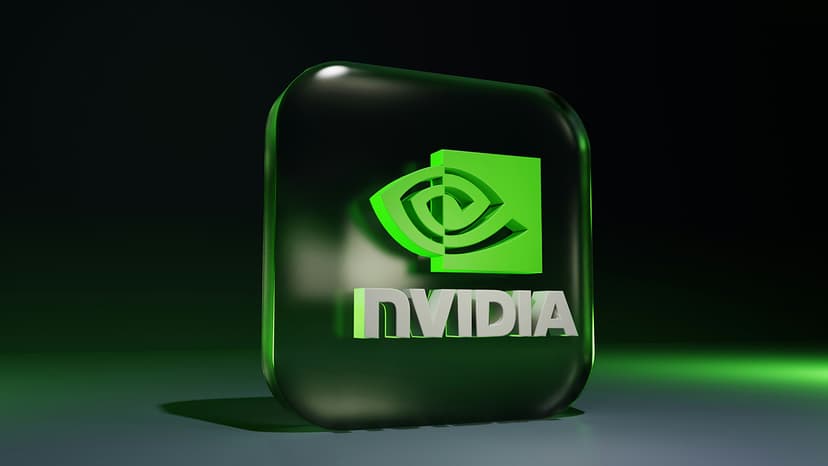How Do I Connect DBeaver to a Database?
Have you ever found yourself puzzled when attempting to connect DBeaver to a database? Fear not, as in this comprehensive guide, we will walk you through the process step by step. By the end of this article, you will be well-equipped to establish a seamless connection between DBeaver and your desired database.
Understanding DBeaver
Before venturing into the realm of database connections, it is crucial to have a basic understanding of DBeaver. DBeaver is a versatile and user-friendly database tool that supports various database management systems, including MySQL, PostgreSQL, Oracle, and many more. Its intuitive interface and robust features make it a popular choice among professionals and hobbyists alike.
Installing DBeaver
The first step in the journey towards connecting DBeaver to a database is to install the application on your machine. You can download the appropriate version of DBeaver from their official website: DBeaver Official Website.
Once you have downloaded the installation file, follow the on-screen instructions to complete the installation process. After successful installation, launch DBeaver to begin the database connection setup.
Creating a New Database Connection
To establish a new database connection in DBeaver, follow these simple steps:
- Open DBeaver and navigate to the "Database" menu.
- Click on "New Database Connection" to initiate the connection setup wizard.
- Select the appropriate database type from the list of supported database systems.
- Enter the necessary connection details, such as hostname, port, database name, username, and password.
- Click "Test Connection" to ensure that the details provided are correct.
- Once the connection test is successful, click "Finish" to save the new database connection.
Congratulations! You have successfully created a new database connection in DBeaver.
Exploring Database Objects
Once you have established a connection to your database, you can start exploring and interacting with the database objects. In the left-hand panel of DBeaver, you will find a tree view of the database objects, including tables, views, functions, and procedures.
You can easily browse through the database objects, execute SQL queries, and perform various database operations within DBeaver's user-friendly interface.
Executing SQL Queries
One of the primary functionalities of DBeaver is its robust SQL query execution capabilities. You can write and execute SQL queries directly within DBeaver to retrieve, update, or manipulate data in your database.
To execute an SQL query in DBeaver, simply open a new SQL editor tab, write your query, and click the "Execute" button. DBeaver will execute the query and display the results in a tabular format for easy viewing and analysis.
Importing and Exporting Data
In addition to executing SQL queries, DBeaver allows you to easily import and export data to and from your database. Whether you need to import a CSV file into a database table or export query results to a file, DBeaver provides convenient tools to streamline the data management process.
By leveraging DBeaver's import and export functionalities, you can efficiently transfer data between different sources and formats with ease.
Configuring Database Connections
If you ever need to modify or fine-tune an existing database connection in DBeaver, you can do so effortlessly through the application's intuitive interface.
Simply navigate to the "Database" menu, select "Manage Connections," and choose the connection you wish to modify. From there, you can edit the connection details, test the connection, and save the changes for future use.
Troubleshooting Connection Issues
In the rare event that you encounter connection issues while using DBeaver, there are a few common troubleshooting steps you can take to resolve the issue:
- Double-check the connection details, such as hostname, port, username, and password.
- Ensure that the database server is running and accessible from your network.
- Verify that any firewall or network restrictions are not blocking the connection.
- Restart DBeaver and attempt the connection setup process again.
By following these troubleshooting steps, you can quickly identify and resolve any connection issues that may arise while using DBeaver.
Establishing a connection between DBeaver and a database is a straightforward process that can be accomplished with just a few simple steps. By leveraging DBeaver's intuitive interface and powerful features, you can interact with your database efficiently and effectively.
The next time you find yourself wondering how to connect DBeaver to a database, refer back to this guide for a seamless and hassle-free connection setup experience. Happy querying!
DBeaver is a powerful tool that can simplify database management tasks and streamline your workflow. Embrace its capabilities and unleash the full potential of your databases!












